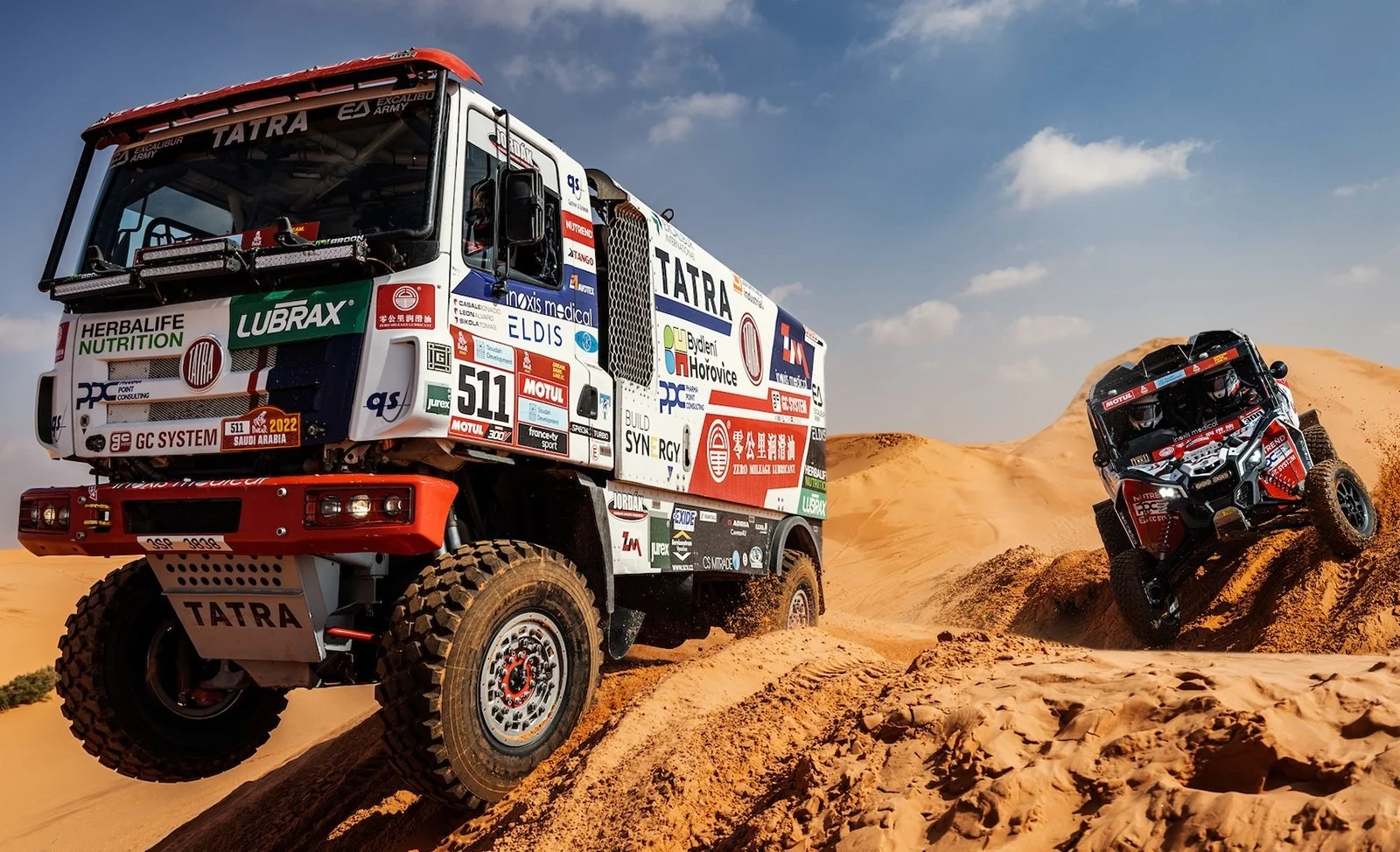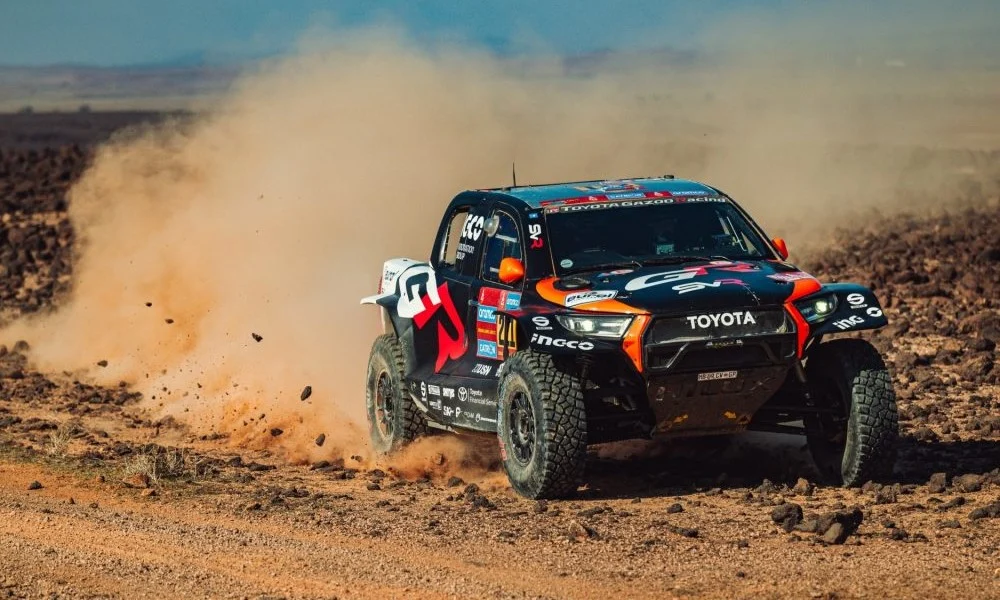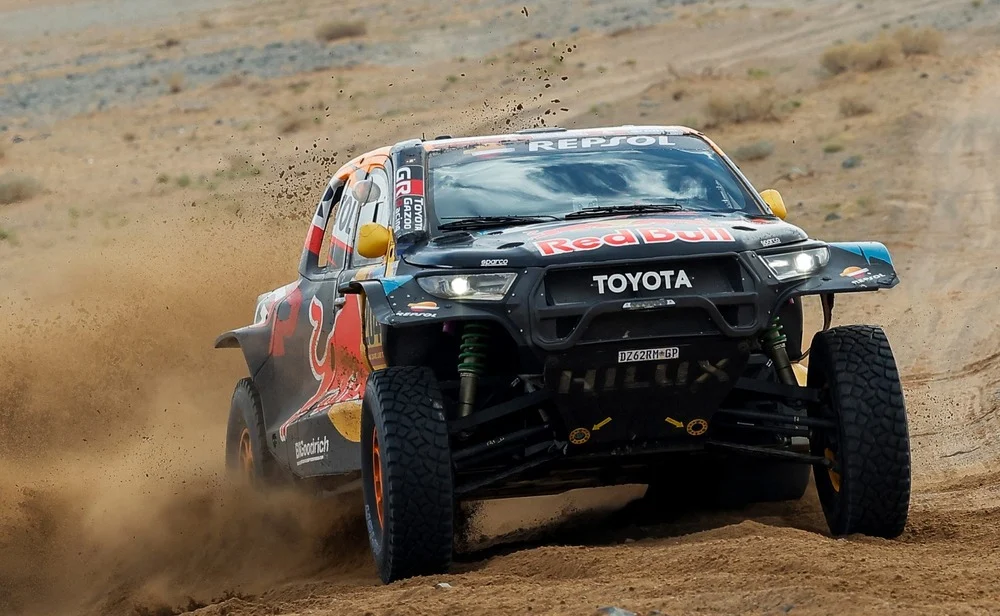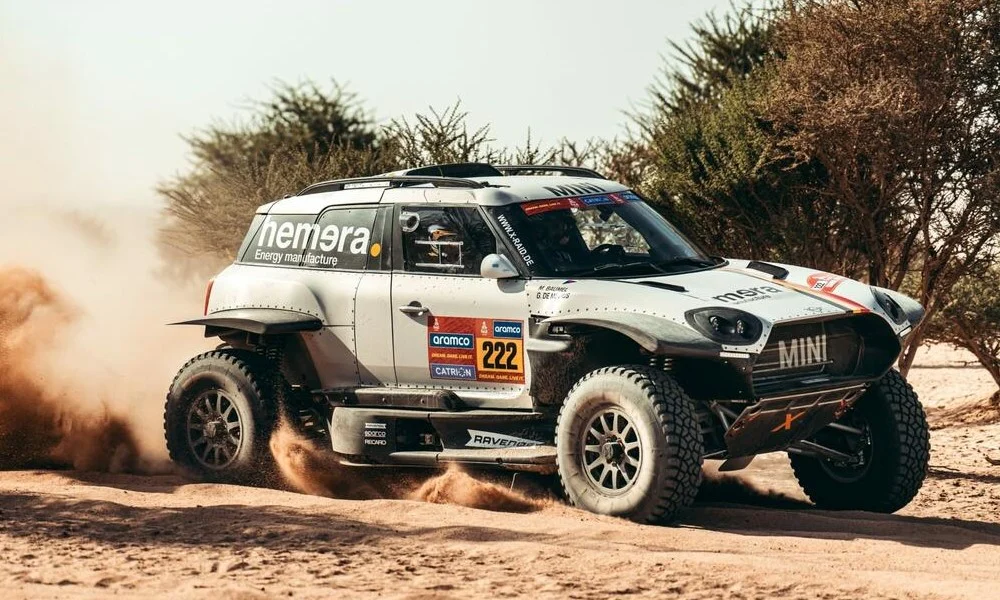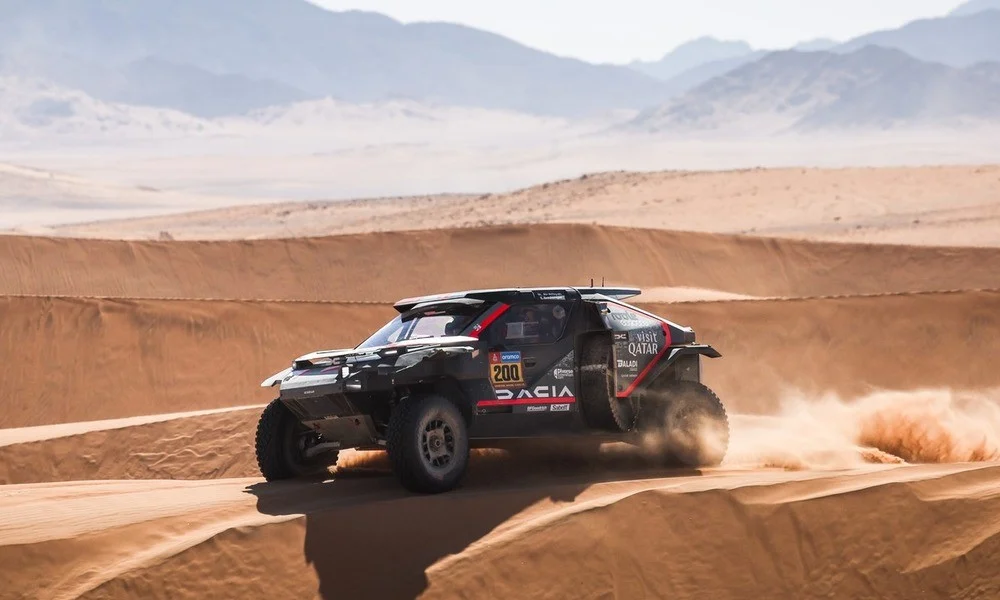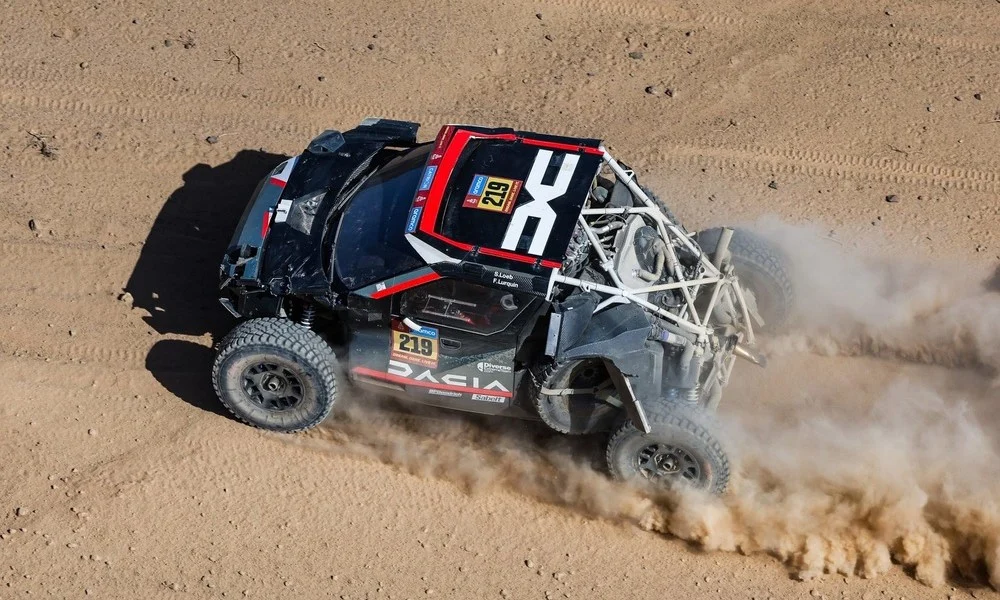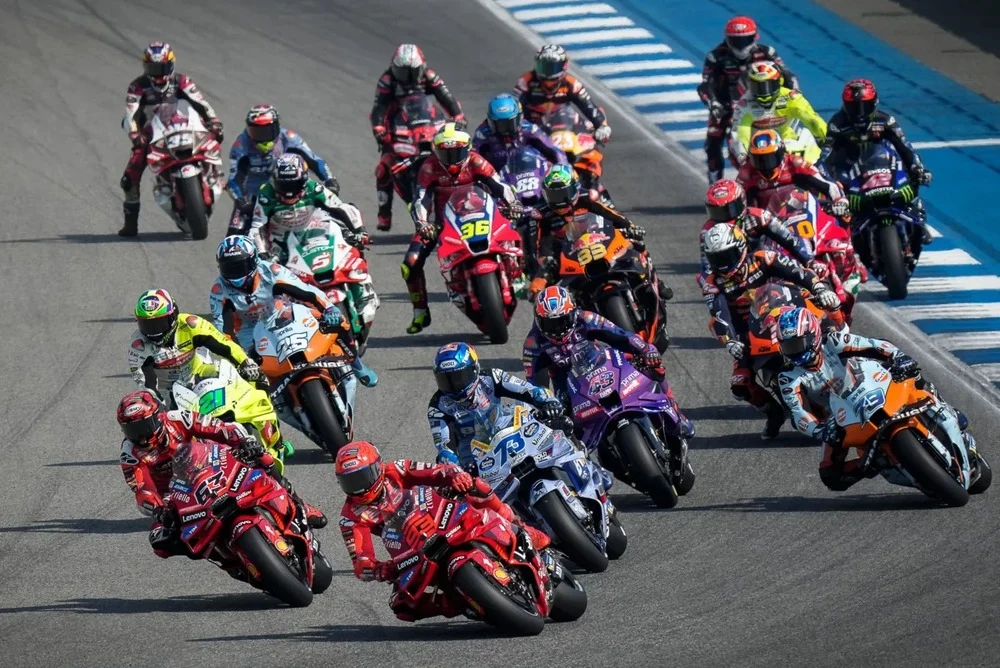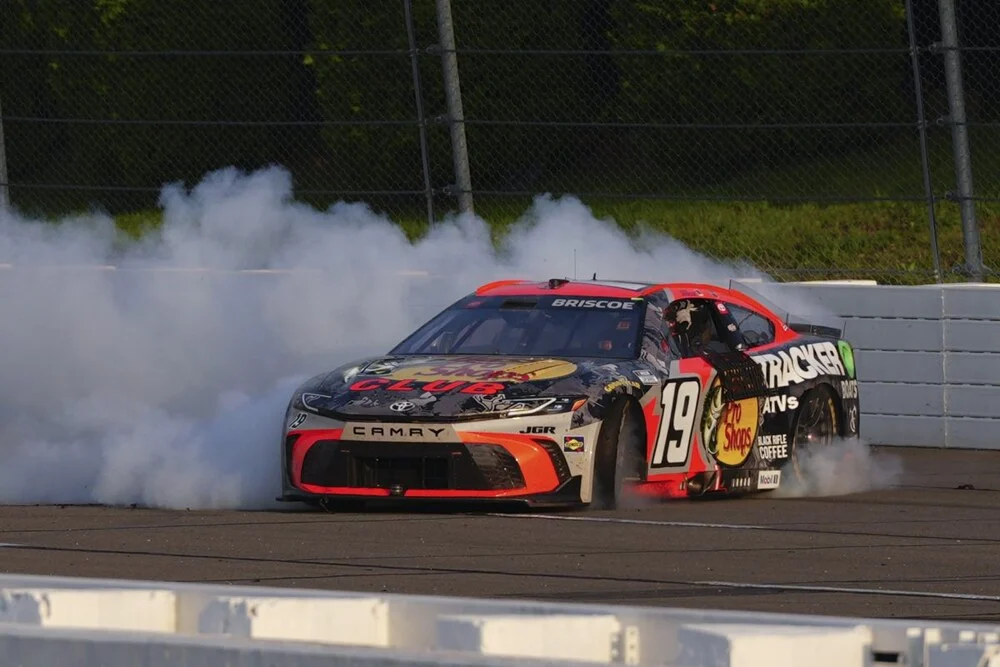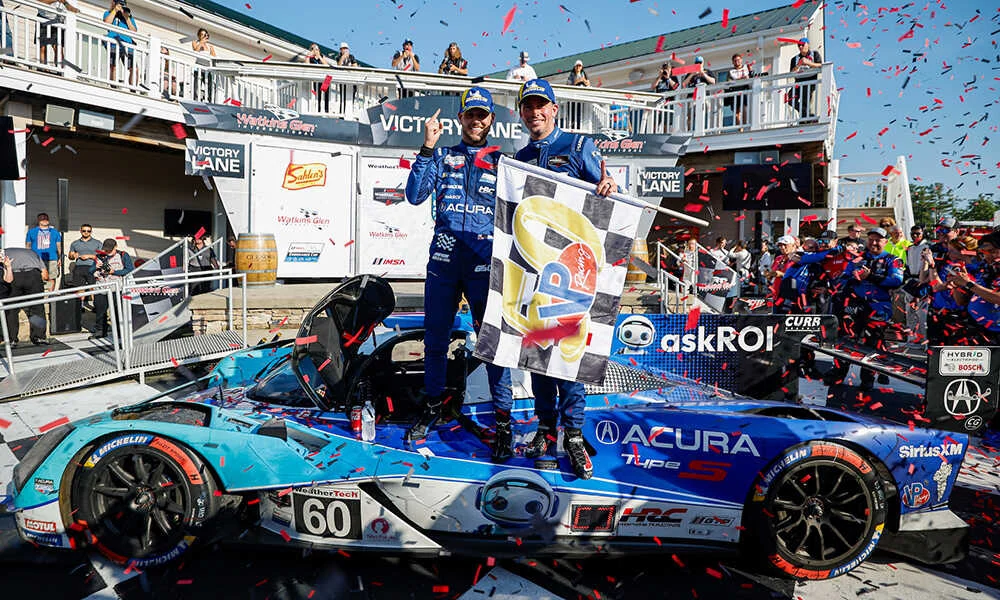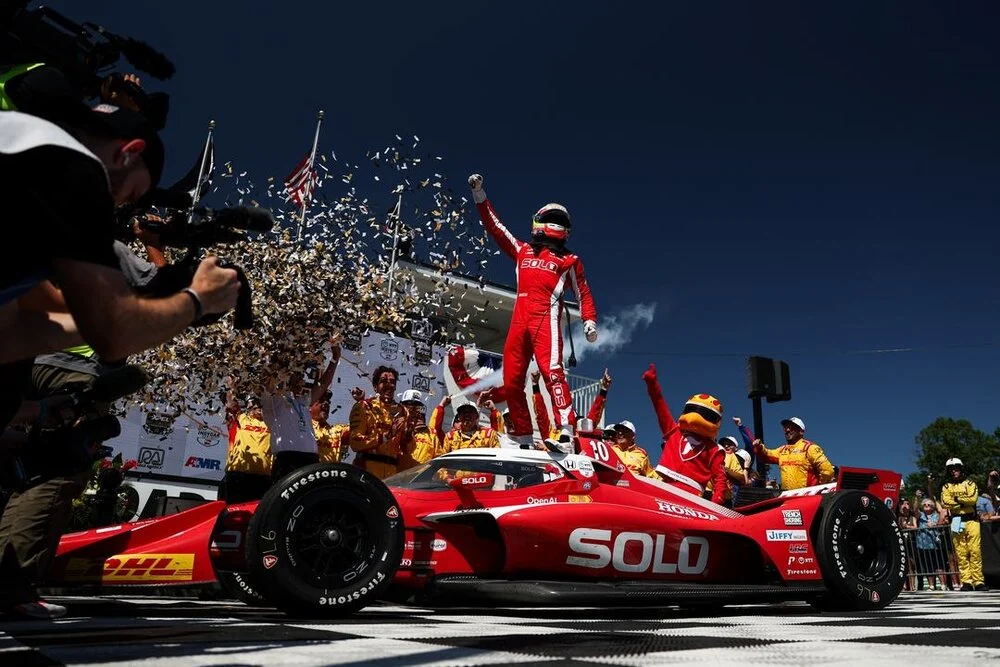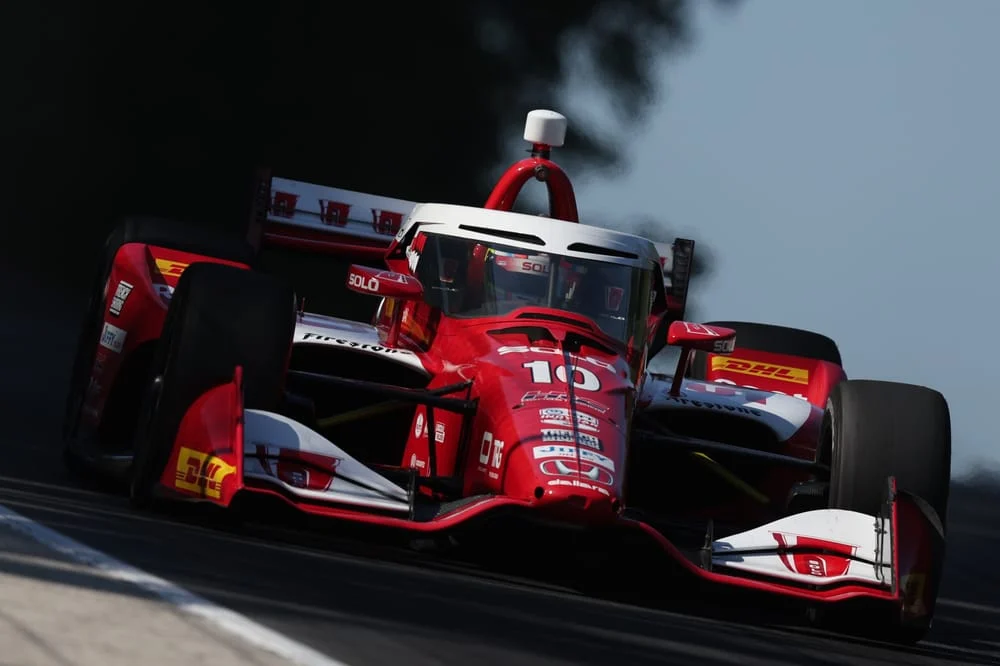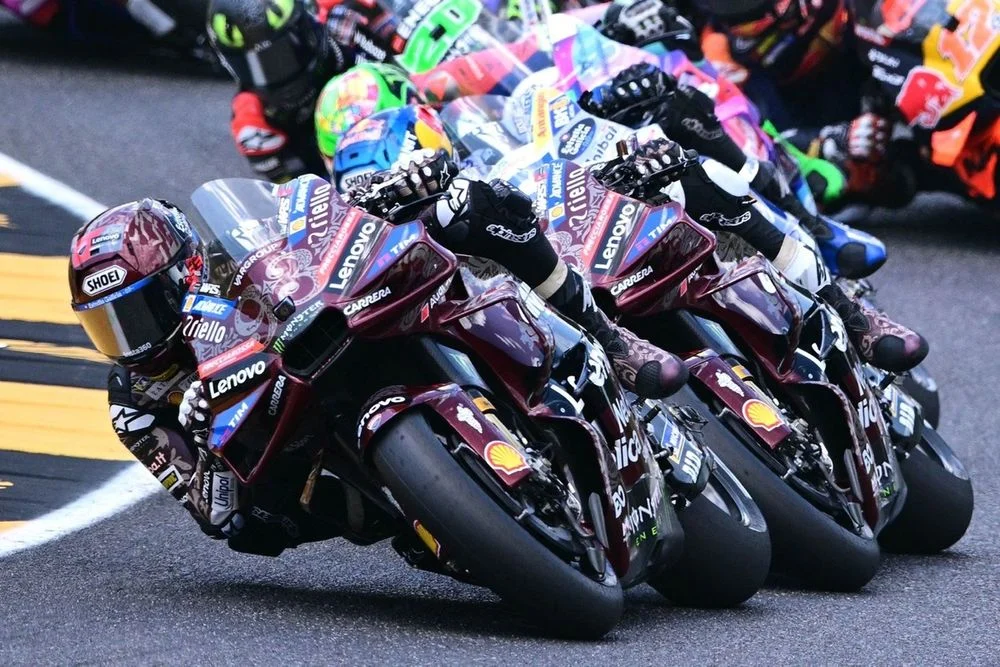The Dakar Rally is set to take place in Saudi Arabia from January 5–19 with twelve stages scheduled for the world’s toughest rally event.
The 46th Dakar rally raid adventure is just about to get started, and for the fifth time, the drivers will face Saudi Arabia’s unforgiving desert landscape in an attempt to win one of the most prestigious prizes in racing.
Despite being a spectacular event, Dakar can be complex for viewers to follow due to its several classes and subclasses spanning multiple types of vehicles, distinct stage formats and technical terms that non-rally raid fans may find challenging to comprehend.
Dakar Rally Explained
Dakar is unlike other contemporary rallying series since it is entirely off-road, unlike the World Rally Championship’s closed-road stages. It’s rallying, albeit in a very distinct way.
Rally raids involve racing by drivers and riders over vast distances, typically over many competition days, over different kinds of terrain. A rally raid is an ultra-marathon compared to the World Rally Championship which is merely sprint; to succeed in either, one needs a completely distinct set of talents and skills.
Being a Rally raid race like no other; the Dakar is the most renowned, prestigious and dangerous in the broader motorsports sector. The competition was launched in 1979 and covered a route which took racers from Paris to Dakar, the capital of Senegal, where the event derives its name. Today, it is a fixture of the World Rally Raid Championship (W2RC).
The annual January event has seen multiple revisions and changes over the years, including the addition of three more continents as the event was forced to relocate from its initial African setting due to geopolitical concerns.
When and where Dakar 2024 will take place
Dakar 2024 will take place exclusively in Saudi Arabia and participants will journey over 5000 miles in total, 2937 of which will be competitive.
The event kicks off at the historic oasis city of AlUla in the west of the nation, and crews will move eastward toward Shubaytah, which is located in Saudi Arabia’s Empty Quarter, a large desert area with very little evidence of human settlement.
The crews reverse course and head west after arriving at Shubaytah on January 11, making their way back to AlUla on January 17 before concluding the race in Yanbu the next day.
How Dakar Works
Except for a one-day break for crews on January 12, each day of the Dakar consists of a single stage.
The first event is the prologue stage, which is essentially a qualification round used to determine the road order for the next day.
The first of the twelve full stages, which have distances varying from 200 to 540 miles, then follows. Teams and crews launch from a centrally located park known as a bivouac as the event runs through the nation.
The event road book guides the participants through each of the daily races, pointing them in the direction of several checkpoints throughout the stage. Crews have to reach all of these important points within the stage in order to avoid receiving a penalty.
However, finding their way around in the middle of a desert is extremely challenging, and the teams will have to contend with a wide variety of dangers and some of the toughest terrain they have ever encountered in their quest to prevent wasting time due to technical problems, careless driving or losing trail.
The crews receive the road book in tablet form just minutes before they begin the stage saving the co-drivers hours of preparation.
The event organizers have added one more challenge for this year’s Dakar, the first-ever 48-hour “chrono” stage. Serving as a replacement of the regular “marathon” stages of previous years, crews are required to get through this challenge without receiving any support from their teams for over 48 hours. It also implies that there won’t be any communication as well as the absence of team personnel to work on their cars.
The Dakar has a long history of racers supporting one another, so expect to see drivers like Sébastien Loeb and Carlos Sainz fixing their cars in the middle of the desert.
As in the WRC, the quickest time over the course of the 12 stages wins the race, while a stage winner is announced at the end of each day.
Dakar Vehicle Categories
Cars, bikes, trucks, lightweight vehicles and quads are the five primary vehicle categories for the Dakar, albeit each has its own subcategories.
Cars
The flagship car class, T1, consists primarily of prototype cars built specifically for rally raid competitions.
Cars are allowed to run on two or four wheels, and along with the more common gasoline and diesel, they can also run on electric and hydrogen power. Each car is operated by a crew consisting of only a driver and co-driver.
The Toyota works squad will enter five GR DKR Hiluxes this year. Toyota has been the manufacturer to beat in recent years, winning the last two editions of the event.
Audi will make its return with three RS Q e-tron E2s that are powered by electric motors as well as seven V6-powered Hunters entered by the British Prodrive team in three different teams.
Another returning contender is Mini, which will send two John Cooper Works Rally Plus cars to Saudi Arabia. This year’s debutant is Ford M-Sport, which will send two Ford Rangers to Dakar that are prepared for their Dakar appearance following a rigorous tests last year.
Although the works-operated vehicles may receive most of the attention, a wider variety of customized off-road vehicles, such as several Century CR7-Ts and MD Optimus, are likely to be operated by private teams.
For stock cars, there will be a T2 class this year that will feature both Nissan Patrols and Toyota Land Cruisers.
Bikes
A whopping 136 bikes, including 23 in the prestigious RallyGP class for factory bikes, are scheduled for Dakar 2024. There are eight manufacturers represented: Husqvarna, GasGas, Honda, Sherco, Hero, Yamaha, Kove and reigning champion KTM.
While all bikes competing in the Dakar have engines with a maximum capacity of 450 cc, brand competition is intense. That being said, bikers ride alone, unlike drivers in cars and trucks.
Trucks
Prototype trucks are modified for rally raid championship, but the cabin and some parts have to be commercially produced. The maximum speed for all trucks is 140 km/h, with some trucks weighing over 10 tonnes.
There are 47 entrants in the T5 truck class, featuring manufacturers such as IVECO, Hino and Tatra. Each crew consists of three members.
Lightweight Vehicles
Lightweight vehicles are only allowed to compete in Classes T3 and T4, as they are believed to be more convenient and cheap way to enter Dakar compared to the car class. They are also referred to as “buggies” or side-by-side vehicles (SSVs), and just like cars, they are all driven by a two-person crew.
The T3s are custom prototypes while the T4s are production vehicles with very slight modifications.This year’s Dakar features 79 lightweight cars entered in both classes, with manufacturers including well-known names like Can-Am, Taurus, and Polaris.
Quad Bikes
There will be only ten quad bikes competing in Dakar 2024: one four-wheel-drive CFMOTO CFORCE and nine two-wheel-drive Yamaha Raptors.
Quad riders must traverse the Saudi deserts alone, much like the motorcycles, in their pursuit of Dakar victory.

